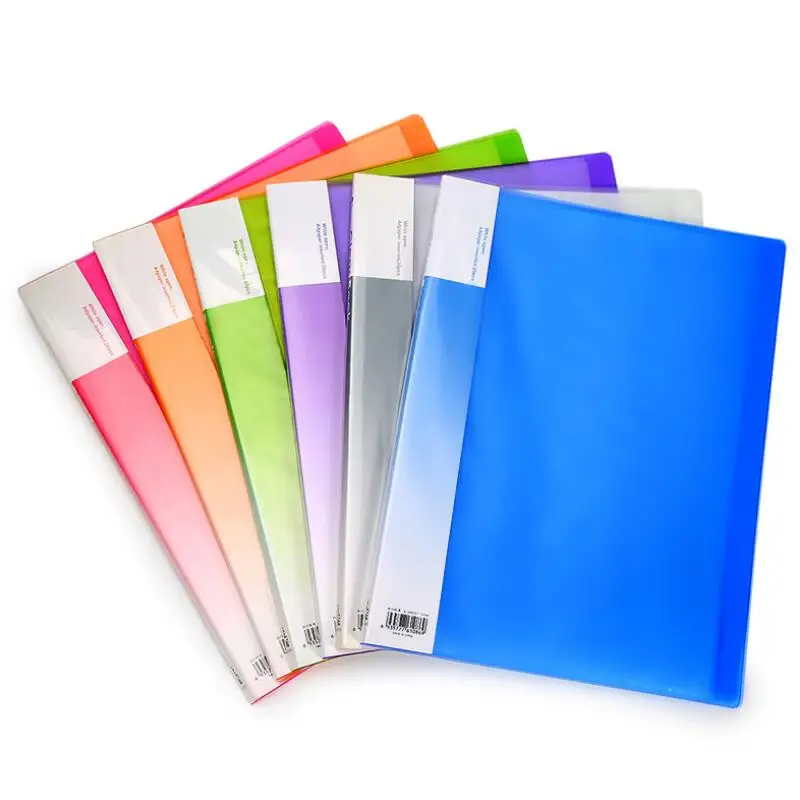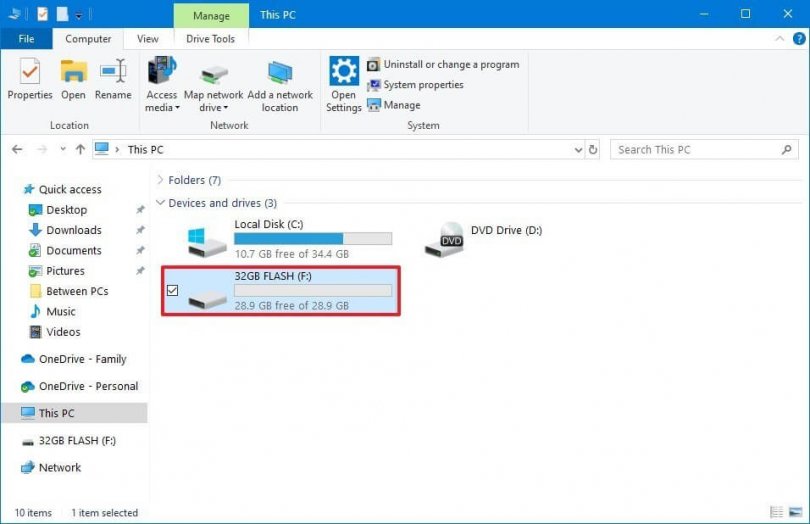
These statements are shorthand ways to set up a context in which work is done and, once that context is over, final details are automatically taken care of in order to prevent common errors. The recommended way to work with files in Python (often called the Pythonic way) is to use a feature of the language called with statements. Step 6 - Using with Statements (Optional) Now that the script is finished using the files, it releases the file handles using the close() method. Python is very flexible and can handle a number of different file formats with ease, including but not limited to the following: If this is not the case, you can get set up by following the appropriate installation and set up guide for your operating system: Prerequisitesįor this tutorial, you should have Python 3 installed as well as a local programming environment set up on your computer. When you’re finished, you’ll be able to handle any plain text file in Python.
#New files info how to
After a brief introduction to those, you’ll learn how to open, read, and write a text file in Python 3.

This tutorial will briefly describe some of the file formats Python is able to handle. With Python, being able to open, read from, write to, and close files will help you work with tasks such as this.

Your list of users may be stored as a text file, allowing you to check access or modify permissions.

For this reason, it’s especially useful to know how to handle different file formats which store different types of data.įor example, consider a Python program that checks a list of users for access control. Some of the most common tasks in programming involve reading, writing, or manipulating data. Python is a great tool for processing data.


 0 kommentar(er)
0 kommentar(er)
